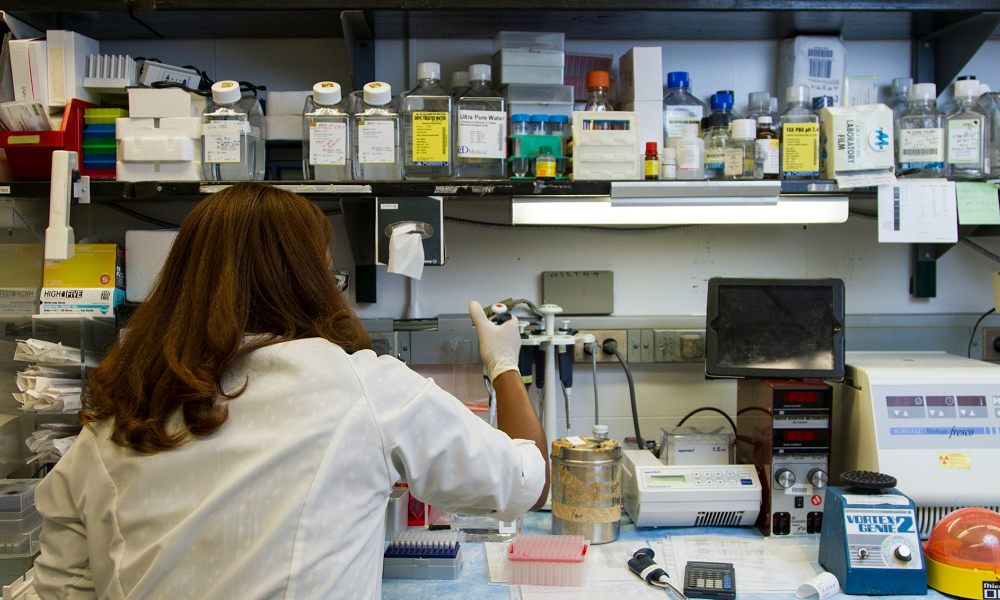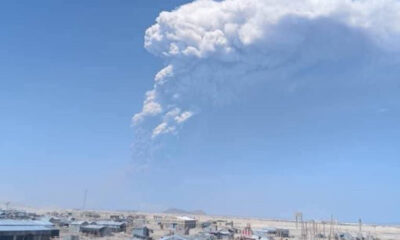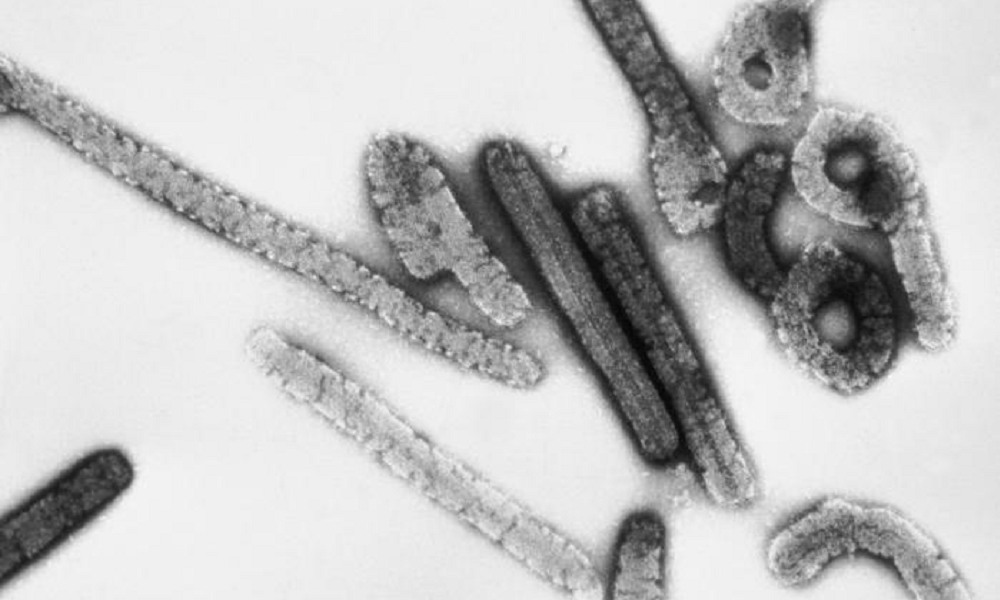Health
The role of LDH assay kits in assessing cell damage and toxicity

Cell viability and cytotoxicity are essential parameters in biomedical research, pharmaceutical testing, and toxicology studies. Researchers use several methods to assess cell health, including lactate dehydrogenase (LDH) assay kits. The LDH assay measures the amount of LDH to detect and quantify cellular damage.
This article examines how LDH assay kits are used to evaluate cell damage and toxicity. It also covers the working principle, benefits, and various applications of these kits in scientific research.
What is LDH? Why is it important?
LDH is an enzyme found in the cytoplasm of almost all living cells. It plays an important role in anaerobic glycolysis by converting pyruvate to lactate. Under normal physiological conditions, LDH stays inside the cell. When cells undergo apoptosis, are exposed to harmful chemicals, or experience various stressors, their membrane integrity can be compromised. This loss of membrane integrity leads to the release of intracellular components, including LDH, into the extracellular space. This event serves as a key indicator of cell damage, as membrane rupture is a hallmark of cell death mechanisms such as necrosis and apoptosis.
The measurement of LDH levels in biological samples is commonly used to assess the extent of cellular injury and to monitor the effects of therapeutic agents or environmental stressors on cell health.
The working principle of LDH assay kits
LDH assay kits are designed to measure LDH activity in the extracellular environment through fluorometric and colorimetric detection methods. The key components of the LDH assay process are:
- Cell damage and LDH release: LDH released into the extracellular medium following cell disruption or lysis acts as a marker for cellular injury.
- Enzymatic reaction: LDH catalyzes the conversion of lactate to pyruvate, simultaneously reducing NAD+ to NADH. This enzymatic process helps identify cell damage.
- Colorimetric or fluorescent detection: The NADH produced during the reaction generates a detectable signal, often in the form of a color change or fluorescence. This signal can be quantified using a fluorometer or spectrophotometer to assess the extent of cell damage.
Types of LDH assay kits
LDH assay kits are available in multiple formats, distinguished primarily by their detection modalities:
Colorimetric LDH assay kits
Colorimetric LDH assay kits quantify LDH activity by initiating a colorimetric reaction, resulting in a measurable color change. This change in absorbance is detected using a standard microplate reader, with the absorbance typically measured within the wavelength range of 490–500 nm.
Fluorometric LDH assay kits
Fluorescence-based LDH assay kits generally offer higher sensitivity than colorimetric-based kits because the former use fluorogenic substrates that produce fluorescence in direct proportion to LDH activity. This allows for precise detection of low levels of LDH, making fluorescence-based assays particularly advantageous for applications requiring high sensitivity.
Homogeneous LDH assay kits
LDH assay kits enable time-course measurements of LDH activity without the need for sample processing, making them ideal for high-throughput screening applications.
Advantages of LDH assay kits
The following are key advantages of using LDH assay kits:
Non-invasive and cell-friendly
Unlike certain types of cytotoxicity assays that mandate using cell lysis, LDH assays quantify the enzyme activity in the culture medium. This allows effective monitoring of cell health without inadvertently destroying the sample.
Simple and fast
LDH assay kits are easy to use and provide reliable results within minutes. The assay generally functions by adding reagents, incubating the mixture for a brief period, and subsequently measuring the absorbance or fluorescence.
Reliable and quantifiable
The LDH assay’s potential to help consistently measure LDH activity makes it an invaluable tool for assessing cell-membrane integrity and evaluating the effects of various stressors or treatments. This accuracy and reproducibility ensure robust, dependable results across different experimental conditions, making it reliable for a wide range of research and diagnostic applications.
Versatile method with broad applications
LDH assays are highly versatile, making them ideal for a broad range of applications such as environmental toxicity assessments, drug screening, cancer research, and biomarker discovery.
Applications of LDH assay kits
Below is a review of some of the primary applications of LDH assay kits:
Drug toxicity studies
Pharmaceutical researchers use LDH assay kits to assess the cytotoxic effects of various drugs. By measuring LDH release, thresholds of safe dosage and compounds with significant toxic effects can be determined.
Cancer research
Cancer cells frequently undergo apoptosis, programmed cell death, or necrosis following chemotherapy or radiation therapy. LDH assays provide a reliable method for monitoring cancer cell death and evaluating cytotoxicity, thereby facilitating the assessment of treatment efficacy.
Immunology and inflammatory studies
LDH release serves as an important indicator of immune-mediated cytotoxicity in inflammatory responses. Therefore, LDH assay kits are frequently used to investigate immune-mediated cytotoxicity and to explore diseases associated with inflammation.
Neurotoxicity testing
LDH assays are used in neuroscientific research to investigate the effects of neurotoxic compounds on brain cells. This approach is particularly valuable in research focused on neurodegenerative disorders, including Parkinson’s and Alzheimer’s diseases, where assessing cellular damage sheds light on the underlying disease mechanisms and potential therapeutic interventions.
Environmental toxicity assessment
Environmental scientists use LDH assays to assess the impact of pollutants, chemicals, and toxins on living cells. This allows them to evaluate potential ecological risks.
Limitations of LDH assay kits
Although LDH assay kits provide several advantages, they also have notable limitations:
- Lack of specificity: LDH is released by both apoptotic and necrotic cells, making it challenging to distinguish between these two forms of cell death.
- Background LDH levels: Some cell types naturally release LDH under normal conditions, which may influence the assay sensitivity.
- Limited real-time monitoring: Unlike live-cell imaging techniques, LDH assays provide endpoint measurements, limiting continuous monitoring of cell health over time.
LDH Assays—best practices
To ensure reliable, accurate, and reproducible results, the following best practices must be adhered to:
- Optimize cell density: Seeding an appropriate number of cells is essential for accurate LDH detection and background-noise minimization.
- Incorporate proper controls: It is crucial to include both positive (lysed cells) and negative (untreated) controls to validate the integrity and reliability of the assay results.
- Standardize incubation times: Maintaining consistent incubation durations minimizes variability in LDH-release measurements.
- Prevent cross-contamination: Careful handling of samples is necessary to avoid unintended LDH leakage from compromised cells.
- Conduct triplicate assays: Performing assays in triplicate helps reduce experimental variability, thereby enhancing the precision and reproducibility of the data.
LDH assay kits provide a highly effective, reliable, and non-invasive means of evaluating cellular damage and toxicity in biological and pharmacological investigations. Their straightforward, quantitative approach, combined with exceptional versatility, makes them an invaluable tool in cell biology research. Consequently, pharmaceutical research organizations, including Abcam, strongly endorse the use of LDH assay kits for cell-based analyses.

-

 World3 days ago
World3 days agoEthiopian volcano erupts for first time in thousands of years
-

 Legal1 week ago
Legal1 week agoMichigan man JD Vance sentenced to 2 years for threatening Trump and JD Vance
-

 Legal1 week ago
Legal1 week agoWoman in critical condition after being set on fire on Chicago train
-

 World1 week ago
World1 week agoHurricane Melissa registered 252 mph wind gust, breaking global record
-

 Legal6 days ago
Legal6 days agoSuspect in San Diego stabbing shot by authorities after fleeing into Mexico
-

 Legal1 week ago
Legal1 week ago1 dead, 2 injured in shooting at Dallas Walmart parking lot
-

 Legal6 hours ago
Legal6 hours agoUtah Amber Alert: Jessika Francisco abducted by sex offender in Ogden
-

 Health6 days ago
Health6 days agoMarburg virus outbreak in Ethiopia grows to 6 confirmed cases




